In South Australia, water security isn’t just a consideration, it’s a way of life. As our climate continues to present both extremes of drought and sudden downpours, homeowners are increasingly seeking solutions that not only meet today’s needs but also stand the test of time.
At Ri-Industries, we’ve seen firsthand how the right infrastructure can transform how families think about water. For decades, above-ground tanks were the norm. But more and more, the future points underground. Here’s why.
1. Cooler, Cleaner, Safer Water
Water stored underground remains naturally cooler and shielded from sunlight. This means no algae growth, no unpleasant aftertaste, and no need for constant chemical treatment. For families relying on rainwater as their main source, purity is non-negotiable and underground storage delivers it consistently.
2. Built for Resilience
South Australians know that our environment can be harsh. Underground tanks are protected from vandalism, fire, and accidental damage; issues that often plague above-ground systems. Ri-Industries tanks, reinforced with steel mesh and crafted from high-frequency vibrated concrete, provide a level of durability that isn’t just practical, it’s peace of mind.
3. Smarter Use of Space
Land is valuable. Why give up precious outdoor living or garden areas to bulky tanks? By placing tanks underground, homeowners gain back space for entertaining, landscaping, or play areas without sacrificing water security.
4. Designed for the Long Term and for the Environment
Every Ri-Industries tank is fully engineered, locally manufactured, and customised with inlets and outlets to suit the specific needs of each property. It’s not about a short-term fix; it’s about building infrastructure that will support households for generations.
And the impact goes beyond convenience. By harvesting rainwater, homeowners reduce reliance on mains water, lower their environmental footprint, and contribute to a more sustainable community. In a state where water is one of our most precious resources, choosing underground tanks is a step toward living responsibly as well as securely.
The Smarter Way Forward
Choosing underground rainwater tanks isn’t simply a matter of convenience, it’s a strategic decision. It’s about resilience, sustainability, and the confidence of knowing that your water supply is protected in every season.
At Ri-Industries, we believe the homes of tomorrow require infrastructure that’s smarter, stronger, and more sustainable. And when it comes to water storage in South Australia, the smarter choice is clear: underground.
Ready to Secure Your Water Future?
If you’re considering rainwater storage for your home or business, we can provide expert advice tailored to your property and needs. Contact Ri-Industries to discuss how an underground rainwater tank can give you lasting security, smarter use of space, and a more sustainable way of living.

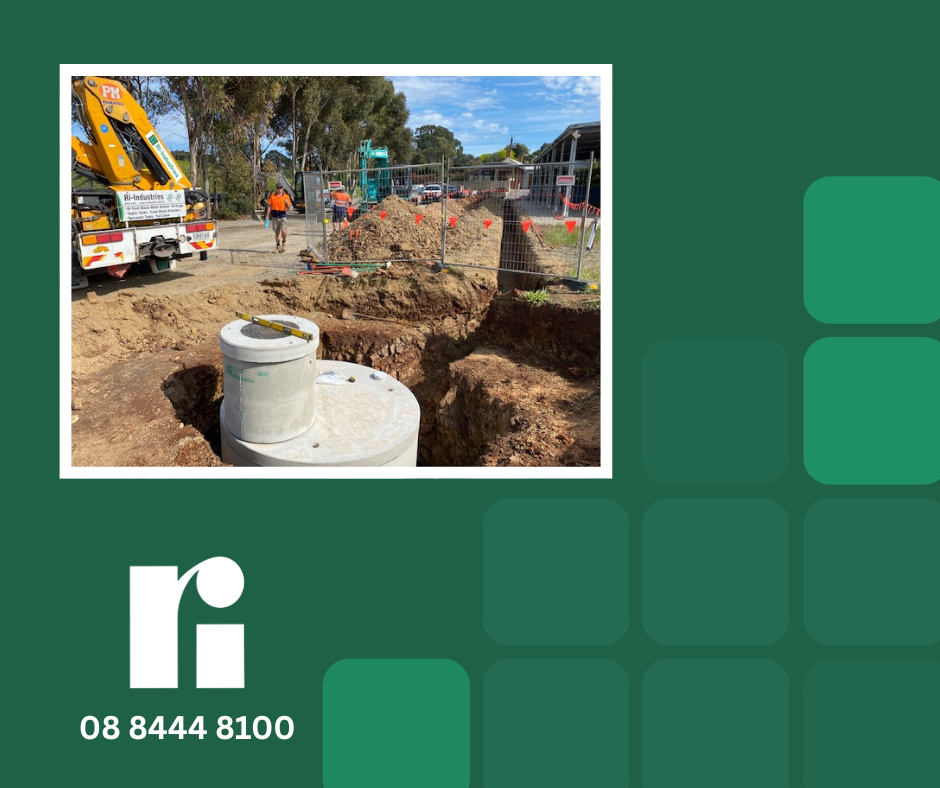
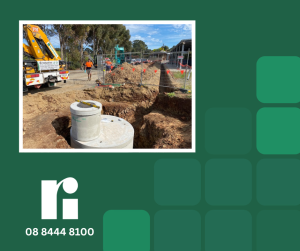
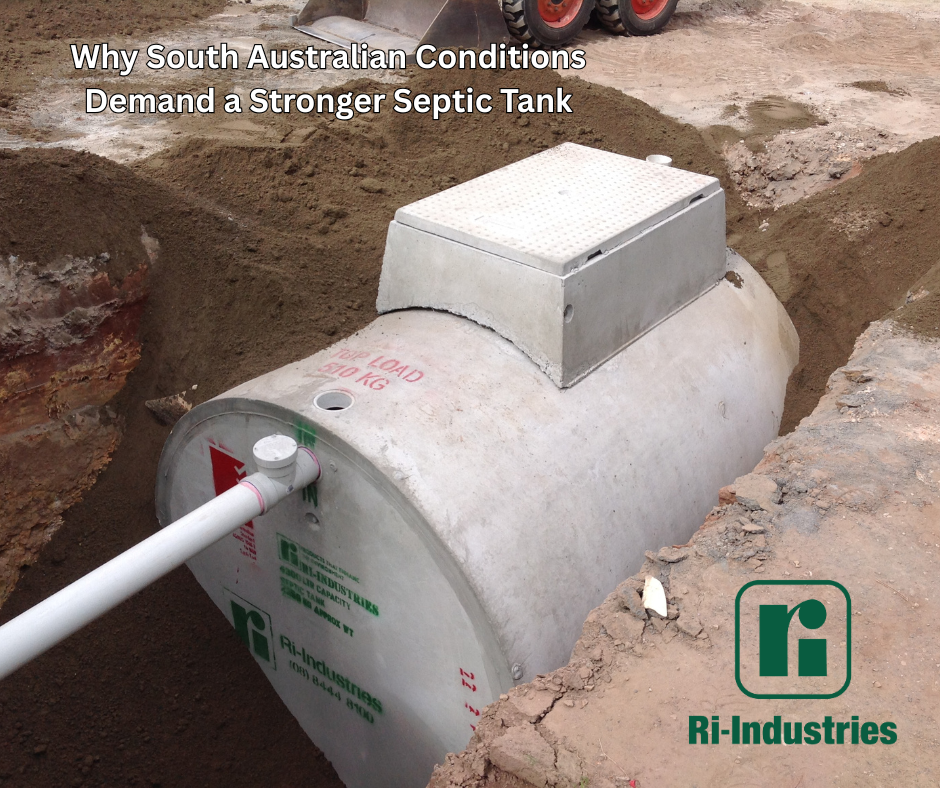
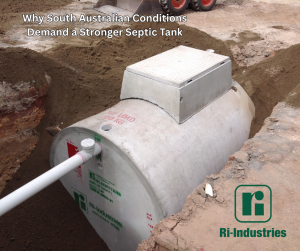

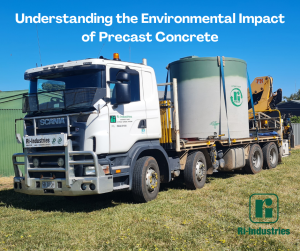
















 The use of reclaimed wastewater, also known as recycled or treated wastewater, can offer several benefits in South Australia. As a region that faces water scarcity and is focused on sustainable water management, reclaimed wastewater plays a vital role in addressing various challenges. Here are some benefits of using reclaimed wastewater:
The use of reclaimed wastewater, also known as recycled or treated wastewater, can offer several benefits in South Australia. As a region that faces water scarcity and is focused on sustainable water management, reclaimed wastewater plays a vital role in addressing various challenges. Here are some benefits of using reclaimed wastewater: